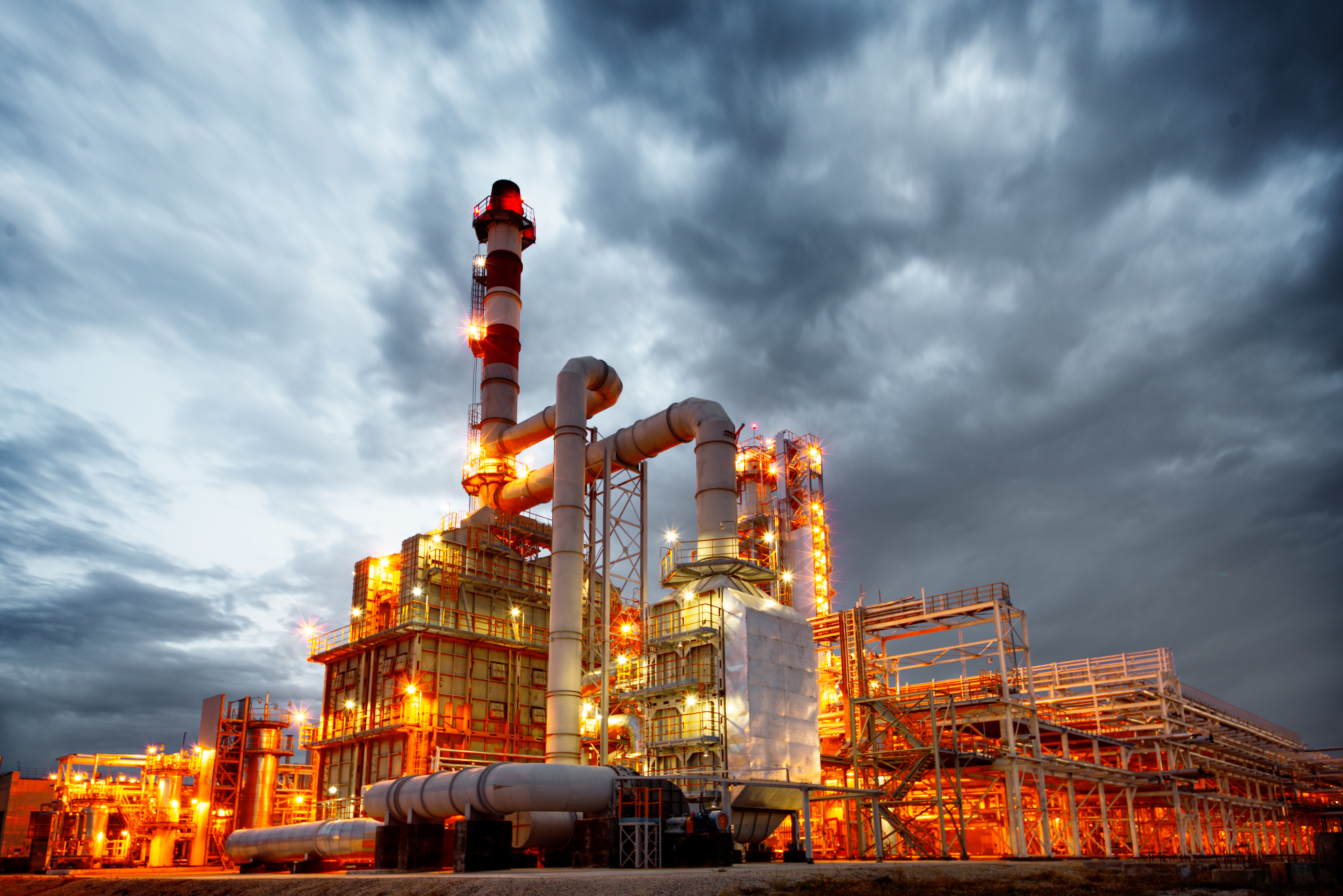
Right now, we are in the middle of February so it’s likely still pretty cold outside. Whether you’re watching television at home, working on your computer in your office, or shopping for your weekly groceries, you’re probably not freezing if a heating system is being used. While there are a variety of different components that make up a heating system, heat exchangers are an incredibly important one – no matter the particular type of heating system
Your heating system might use a metal heat exchanger to transfer heat. This could mean it’s made of carbon and stainless steel, copper, aluminum, or another metal. Low temperature plastic may also be used in the construction of the heat exchanger in a heating system. In general, there is not a major concern for corrosion or contamination in these heating systems so metal heat exchangers can be used without much regard to the consequences.
However, as we explain in our new white paper, Immersion Heat Exchanger Coils for Corrosive/Ultrapure Chemicals - Choosing the Right Strategy, heat exchangers used for industrial applications are highly susceptible to corrosion, and they must be constructed with fluoropolymers. The truth is that metal heat exchangers won’t last very long to corrosive acids. In addition to that, because metal heat exchangers can corrode, they are not suitable in applications where purity is of utmost importance.
We argue that fluoropolymer heat exchangers must be used in these and other scenarios for the following reasons:
- They are corrosion-resistant and will last much longer than metal in corrosive environments.
- They are able to handle bath temperatures up to 310°F.
- Regarding heating mediums, fluoropolymers can withstand steam at pressures up to 80 psig.
- In applications where purity matters, fluoropolymers are used because they are ultra-pure. They have strong chemical inertness, so chemicals won’t be contaminated by the fluoropolymer tubing. They are unreactive to a majority of chemicals.
Fluoropolymer immersion heat exchangers have been around since the 1960s, but they were not used for industrial applications until much later. Today, fluoropolymer immersion heat exchangers are used for chemical processing, mining, metal plating, ore processing, and many other industrial applications. We encourage you to read the entire white paper to learn more about how fluoropolymers are used in various industries.
For questions about our fluoropolymer tubing products or to request a quote, please contact us today at 1-877-777-2629.



